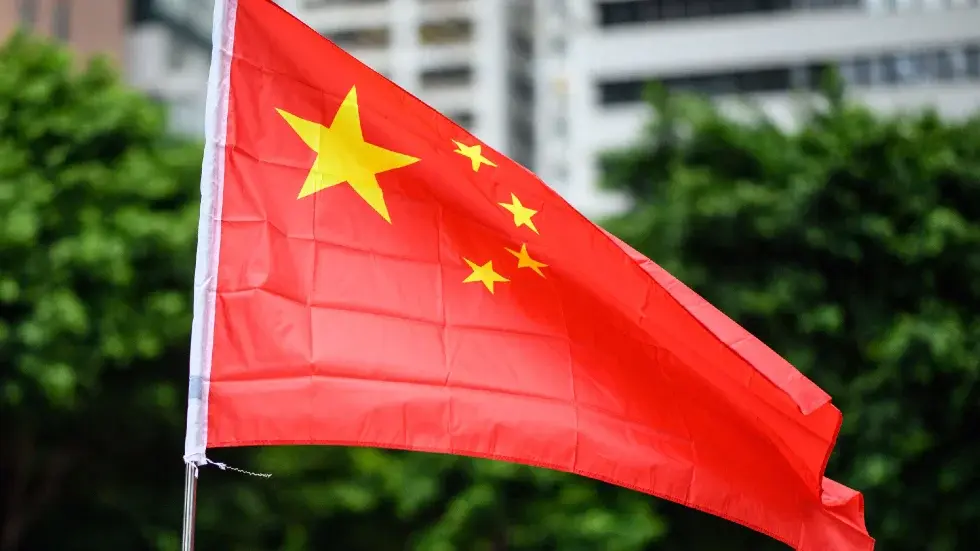Two countries with similar population, ample space and natural resources, won their independence from the imperialists around the same time, started out at around the same level of poverty and underdevelopment (China was actually slightly poorer and even less developed), yet the socialist one in the long run performed noticeably better. Now visiting the two countries the difference is night and day, you don’t need GDP graphs to see it.
Not that GDP is a perfect measure of progress for a society… in fact it leaves out a lot and it can be inflated artificially by financialization and rent-seeking in neoliberal systems (not the case in China).
What you don’t see in this is the incredible development that took place in China pre-1980s starting in the 1950s in ways that was not reflected in GDP but laid the groundwork for the future economic rise: education and literacy rates, industrialization, infrastructure, housing, food security, etc. This is why socialism will win. It is the only viable model for the global majority to escape their colonial imposed underdevelopment.


Here is another interesting point of comparison between China and India:
India has the largest arable land of any country at 1,656,780 km square (50.4% of total land) compared with 1,084,461 km square (11.3% of total land) of China.
India also has a higher percentage of its arable land under irrigation than China. The proportion of irrigated area is around 48% in India and 40-41% in China. However, China has invested more in irrigation infrastructure and technology to cope with water scarcity and increase agricultural productivity. India has a large dependence on rainfall and groundwater for irrigation, which are subject to variability and depletion.
China however has higher agricultural productivity than India. The average productivity per hectare in Indian agriculture is 2.4 tonnes for rice and 3 tonnes for wheat, while in China it is 6.7 tonnes for rice and 5 tonnes for wheat.
What this data shows is that China is actually at a disadvantage in its natural (geographic) agricultural potential, yet despite that managed to produce a better result. The point of this is to say that although Indian people are just as hard working and creative as Chinese people, their capitalist system and their parasitic bourgeoisie (and exploitation by western imperialists) is holding them back from unleashing their full potential!
Thanks for sharing, would be interesting to delve deeper into agriculture in China.
Afaik, agriculture is very centralized (which is good), meaning that a handful of groups farm the vast majority of arable land in China. When land is distributed among a lot of individual farmers in small plots of lands, agriculture becomes less efficient (like any industry really) and devolves more into subsistence farming.
What makes it work is that these groups are held accountable by party members, otherwise they would just grab the profits and run (like they do in brazil for example, probably same story in India). With party supervision, these groups have to reinvest the profits to develop the land and become more efficient which may very well be the explanation of the graph you are showing.
Unfortunately i don’t really have much in-depth knowledge on this subject of how agriculture is run in China these days and how centralized it is. One thing i do know is that originally after the revolution a massive land redistribution took place, the biggest in the history of the world in fact, and basically everyone who lived in a rural area got their own plot of land. I would assume though that those plots were fairly small and that a large portion of the land was still farmed by collectives, and that over time consolidation into larger and more centrally controlled agricultural enterprises took place. But as i say, i haven’t read much on this subject, so it would be very interesting if someone were to do a deep dive on this for us.
I think that you are right about the broader mechanisms at work here that explain the disparity between India and China, namely that in China a lot more was re-invested into increasing the productivity of the land because there was a lot more central planning and less short term profit seeking. And yes there probably are more small farmers in India than in China nowadays (though again i don’t have the data to back it up), but i’m not sure how big the impact of that disparity is. Because even when you do have land consolidated under large agribusiness corporations in global south countries, they still tend to be very inefficient, unwilling to invest in long term productivity or sustainability, and focused on extracting as much value as fast as possible at the expense of the people and the land.